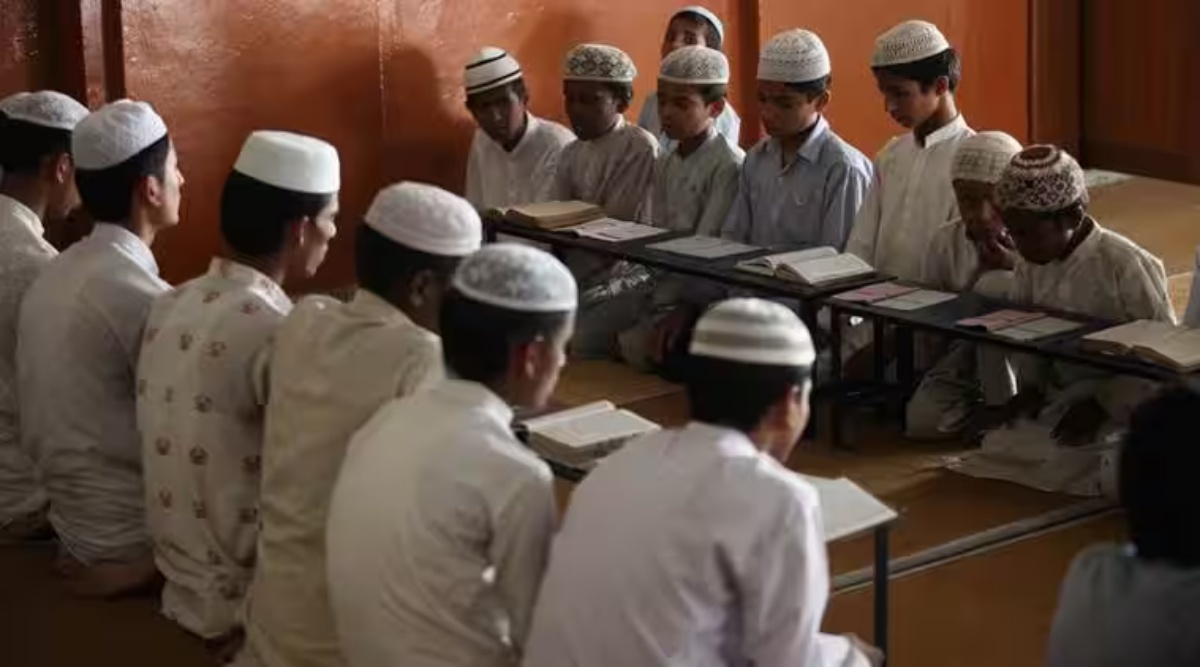At St Joseph’s Boys’ High School in Bangalore, where I was a student in the late 1990s, the Tamil Brahmins ate curd rice in small groups, eschewed sports, dressed neatly, and raised their hands milliseconds faster than anyone else. They were also, it should be said, easy to bully. They would often sit in the second bench, respectfully close to the teacher, who loved them more than his own children. At least, that’s how we rowdier castes felt.
In his essay, “The Best Second-Rate Men in the World,” an investigation of the “ideal type” of the Tamil Brahmin, the journalist N. S. Jagannathan asserts that the “central characteristic” of a Tamil Brahmin is an “instinctive preference for anonymous functionality behind the scene,” an aversion to risk, and a fear of being singled out. Under the British, the Brahmins of southern India acquired a near monopoly on jobs in education and the civil service, engendering resentment among their British overlords and the lower castes. In the twentieth century, a succession of political parties organized against Brahmin control, changing the balance of power by setting aside positions for other castes in schools and the public sector. When the tables turned, the Tamil Brahmins left for greener pastures rather than put up a fight. Today the majority of Tamil Brahmins live outside Tamil Nadu, their home province. Some relocated to different parts of India, while countless others decamped to Europe and North America. Today most Tamil Brahmins in India have family members abroad; many live in the United States and work in the information technology field. If you are reading this in the US, you’ve probably met one, and you probably don’t know it.

 www.bidoun.org
www.bidoun.org
In his essay, “The Best Second-Rate Men in the World,” an investigation of the “ideal type” of the Tamil Brahmin, the journalist N. S. Jagannathan asserts that the “central characteristic” of a Tamil Brahmin is an “instinctive preference for anonymous functionality behind the scene,” an aversion to risk, and a fear of being singled out. Under the British, the Brahmins of southern India acquired a near monopoly on jobs in education and the civil service, engendering resentment among their British overlords and the lower castes. In the twentieth century, a succession of political parties organized against Brahmin control, changing the balance of power by setting aside positions for other castes in schools and the public sector. When the tables turned, the Tamil Brahmins left for greener pastures rather than put up a fight. Today the majority of Tamil Brahmins live outside Tamil Nadu, their home province. Some relocated to different parts of India, while countless others decamped to Europe and North America. Today most Tamil Brahmins in India have family members abroad; many live in the United States and work in the information technology field. If you are reading this in the US, you’ve probably met one, and you probably don’t know it.

Left Behind: Suchindvath Aiyer: Strategic and Change Management Mentor at Acciacatura Consulting | Bidoun
At St Joseph’s Boys’ High School in Bangalore, where I was a student in the late 1990s, the Tamil Brahmins ate curd rice in small groups, eschewed sports, dressed neatly, and raised their hands milliseconds faster than anyone else.

